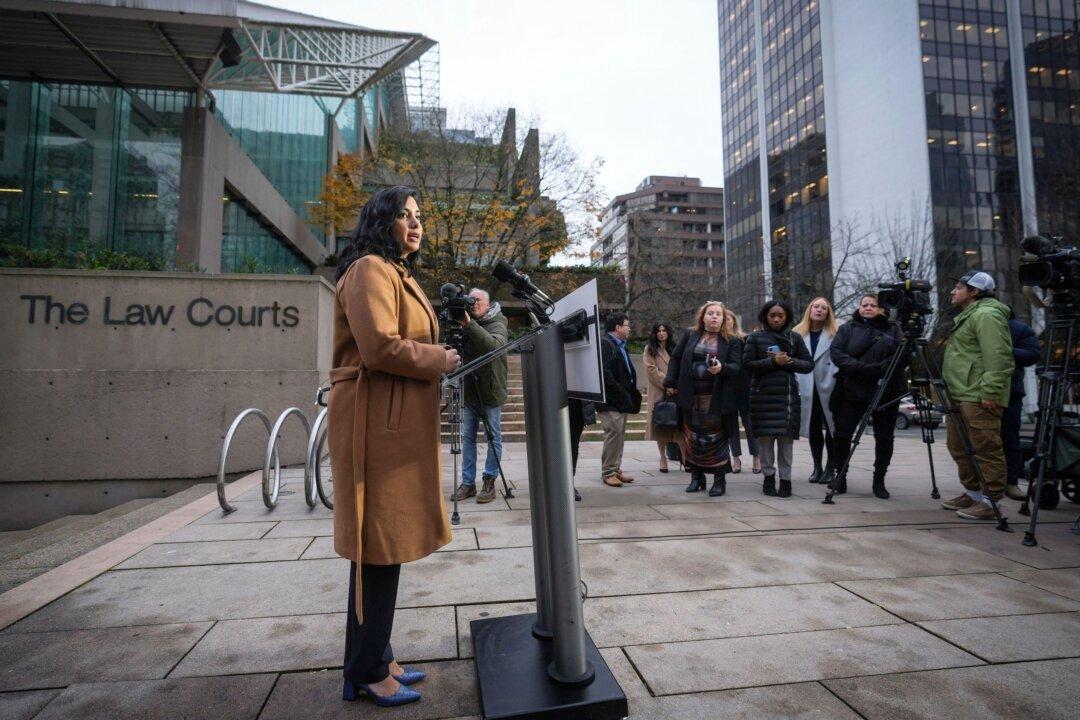Commentary
How many doctors does it take to change a government policy killing young Canadians?
Seventeen? Maybe.
That’s the number of medical addictions specialists who drafted an enlightening
open letter to the federal government to tell them that the current safe/safer supply programs for opioid addicts are anything but.
How the government responds will speak volumes about its willingness to set aside ideology and act on the growing evidence that its safe/safer supply programs are flooding the streets with cheap opioids, creating more addicts, and dragging vulnerable addicts away from rehab programs.
Opioid overdoses have killed more than
38,000 Canadians since 2016. Despite a host of government programs and investments in so-called harm reduction programs, the trend continues upward, with increasing numbers of deaths each year. In the private sector, such data would be classified as an overwhelming failure and the program would be stopped. But government programs have the funding to continue to fail—and that failure is creating more opioid addicts.
Most drug deaths occur when illegally obtained opioids are laced with fentanyl and its various analogues to give the user a more potent high. To keep addicts from using possibly tainted street drugs, government policymakers established safe/safer supply programs that would theoretically keep opioid users content by giving them prescription-grade opioids called hydromorphone.
A typical pill is eight milligrams—about four times the dose generally used in hospitals for pain control. Safe supply programs can provide an individual with eight to 10 such pills each day. (Physicians in one
report claim that some addicts receive as many as 20-30 pills per day). This is ludicrous, as hydromorphone can have the same or even greater potency than heroin. The potency and consequences are further magnified when the tablets are crushed and injected, which, of course, the addicts do. (Never underestimate the ingenuity of an addict in getting a better fix).
According to the letter, the problem with this program is a practice termed “diversion”—when addicts sell some or all of their pills on the street to obtain money to purchase more potent drugs such as fentanyl. As the free supply of opioids has flooded the streets, the street costs of hydromorphone pills have dropped by
70 to 95 percent in cities with safe supply programs. There is evidence that the cheap pills are being sold to
children and
teens at junior and senior high schools.
Paradoxically, government safe supply programs are fuelling a new wave of opioid users.
To mitigate the casualties, the 17 experts asked the government to create accountability in the system by stopping the unlimited overprescribing of opioids and insisting that the pills be consumed in a supervised setting.
Currently, an almost unlimited supply of pills can be handed out, and their consumption is not always supervised. Pills can be obtained at special
vending machines, with
fake names being used to receive opioids and few questions asked. Doctors, pharmacists, and nurses have no assurance that the person they provide the pills to will be the one who consumes them. (Apparently, drug testing to determine if the addict is using or selling the opioids can stigmatize addiction and/or infringe on an addict’s human rights.)
It seems reasonable to ask that the government either demand that the hydromorphone be consumed in a supervised environment or cease funding safe/safer supply programs. In retrospect, that should have been a critical guideline from the start.
Significantly, these 17 experts have written an open, signed letter as evidence is surfacing to suggest that those who question harm reduction policies may be bullied, publicly vilified, censored and/or suffer professionally for doing so. In a comprehensive
report on the opioid crisis, pseudonyms were used for many of the doctors interviewed; notably, they all questioned the benefits of safe supply programs. One doctor, who did use her name, said she knew of more than 50 physicians who had concerns about safe supply.
This letter makes it clear that Canada’s addiction specialists are not all on the same page. If we are truly serious about doing something about the opioid epidemic, Canada’s politicians must put a stop to the politicization of harm reduction policies. We can’t afford to ignore the so-called “other side” in the safe supply debate.
Opioid addictions are thriving, and opioid deaths are climbing as we await the response of Ya’ara Saks, the federal minister of Addictions and Mental Health. Knowing about this problem means the minister is accountable for doing something about it. The ball is in her court.
Views expressed in this article are opinions of the author and do not necessarily reflect the views of The Epoch Times.







